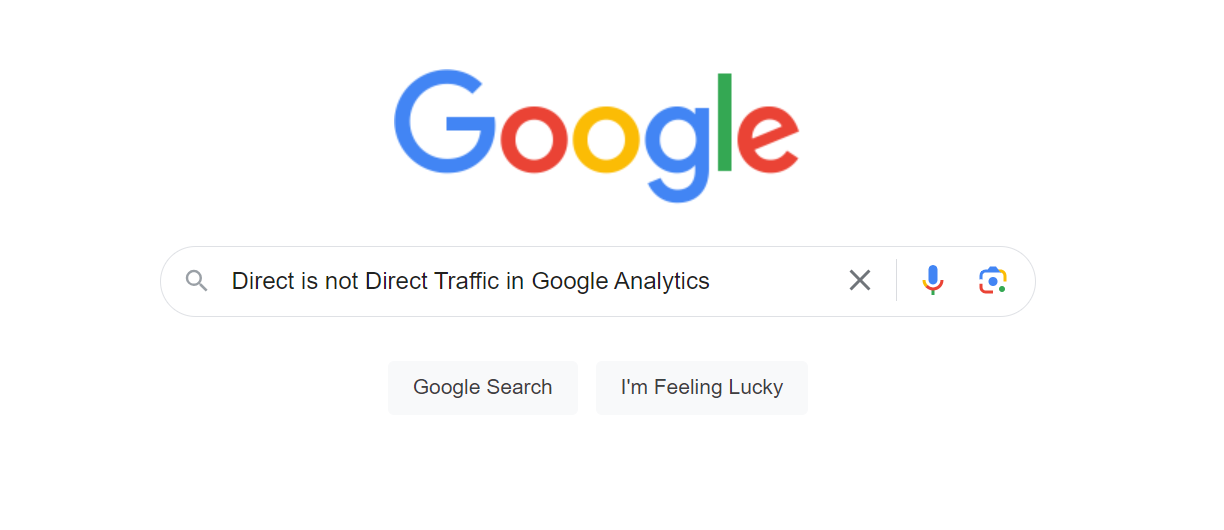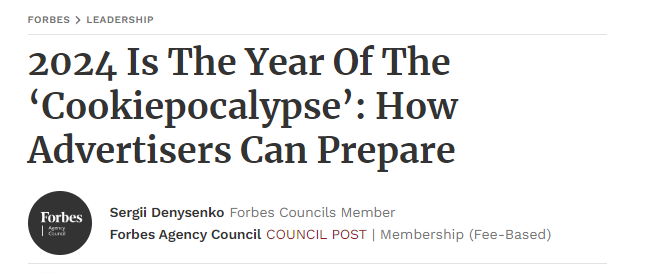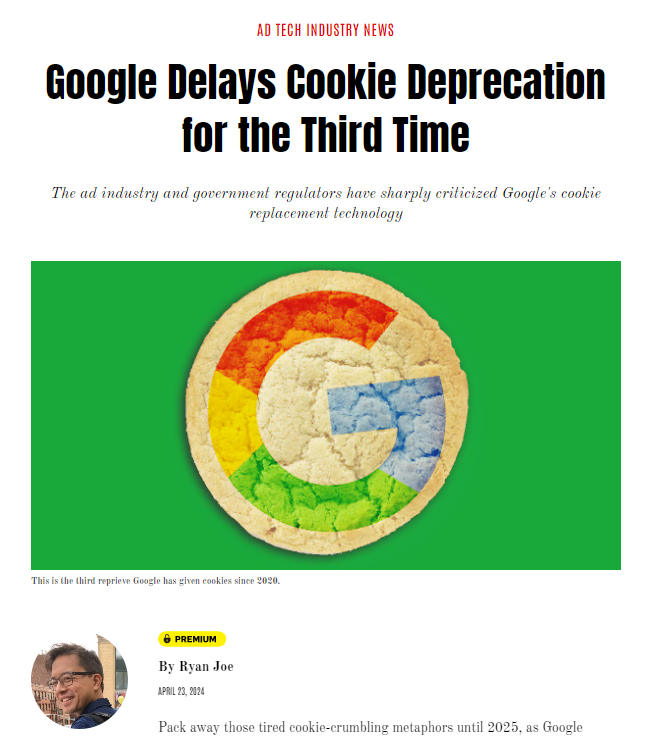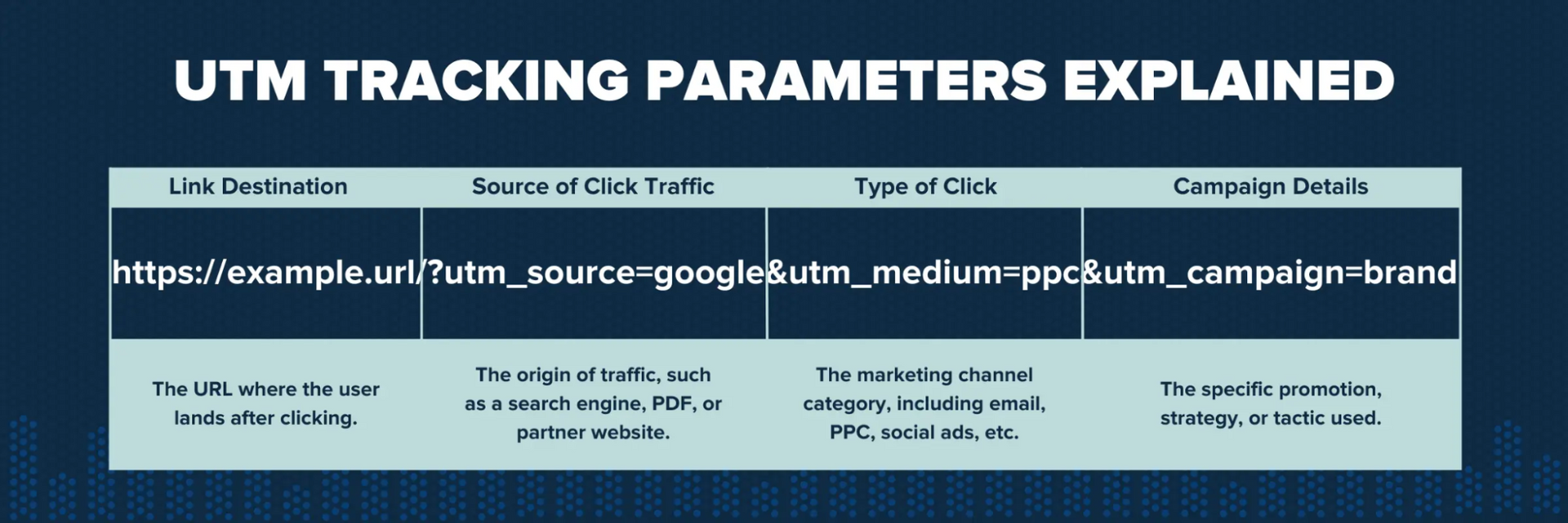Info Hub > Direct traffic is not actually direct
Direct traffic is not actually direct

If you are looking at GA4 and telling yourself direct traffic is increasing this may be time to sit down before reading.
On this page you’ll find
01. If you are looking at GA4 and telling yourself direct traffic is increasing this may be time to sit down before reading.
02. Defining Key Concepts
03. methodology and scope
04. similarities and differences
05. evaluating media channels
06. use cases overview
07. Market Expansion Analysis
08. Choosing the Right Model
09. Setting Up a Model Guide
10. Combining Both Models
11. Answering Key Questions
12. Closing Thoughts
13. Frequently Asked Questions
01 / If you are looking at GA4 and telling yourself direct traffic is increasing this may be time to sit down before reading
Google changed their definition of “Direct” traffic in 2021, though the quiet overnight change in 2021 might not have made its way into the meeting rooms of marketers & CMO’s in mid-24.
Direct Traffic might need to be renamed “INDIRECT”, or “no idea” by Google.
Let me explain.
Over the past 3 months, we’ve been in over 70 meetings with CMOs, Founders and Agencies.
02 / Wildly, MORE THAN HALF thought that the “Direct” line in Analytics, represented organic direct traffic.
As in, someone typing www.website.com as the exact url.
ka Direct(ly) entered.
For example, last week when speaking with a CMO who oversaw a $20M budget,
“How big is your direct number?” (in Google Analytics)
“It’s growing. It’s great, our direct traffic has grown about 25% this year”
A) Wait what?!? or...
B) What’s wrong with that? Sounds like 20% extra direct traffic is a good thing.
It was fine, until the follow up question…
“What did the team do to bring that number up?”
The answer - Nothing…
That’s when the foundations started shaking.
OK, next question…
“What is your definition of direct?”
The answer… naturally,
“Traffic coming direct”
“Wait isn’t it?”
Nope.. that's
organic traffic.
03 / Hey Google, Direct is not direct traffic coming to our website! Why are you calling it Direct? It’s confusing!
Ladies & Gents, the creatives in marketing, Finance, who signs the cheques for the $ad creatives, Recovering & Active Dataholics, and Mister or Misses CEO, please take a look under the Marketing Analytics Dashboard..
Look at Google Analytics, or Adobe, or wherever it may be you rely on for Marketing Analytics, Server logs, your CPD or even your hosting data down to the website source code.
(any one of them…)
Have a look at what they each attribute and what the “direct” traffic number is.
Check how much larger as a %, Direct is in 2024, then in 2023, or even prior years.
It won’t matter what you find, because none of them will matchup… (which is another can of worms)
04 / First, What you need to know….
If it’s not organic direct traffic, what exactly is ‘direct’ traffic in Google Analytics?
According to Google June, 2024 definition
https://support.google.com/analytics/answer/11242841#zippy=%2Cin-this-article

“No information about the referral source is available”, is processed as Direct…
So what was the definition of Direct in 2021?
Neither I or Wayback Machine can find the original definition as Google doesn’t publicise the old definition that many still rely on.
In fact, they have
sneakily bait and switched the entire definition to the new one.
I say Sneaky because the last definition had nothing to do with ‘no information from referral source” i.e. don't know where traffic came from
Sneaky because, Direct by definition of the word, implies someone has come to the site directly.
Sneaky because the last definition is much more in line with some current gaps in understanding:
"Traffic where the URL of the website has been
directly
typed into the search bar & entered."
aka Direct(ly) entered?
Google here is Sneaky.
You shouldn't be surprised… I mean..
Remember when they removed “don't be evil” from their code of conduct overnight?
‘Don’t be evil’, is in past tense.
So what now?
05 / We know Direct is not by definition, direct traffic. So what is it?
Direct traffic now makes up traffic sources that Google doesn’t know or can’t track.
How can Google, who last year made up 90% of all ad-revenue from search last year, not know?
It all started as a result of privacy for consumers increasing.
Since 2014…
Data breaches.
Data leaks all around the globe, in almost industry.
In 2016, the EU implemented the GDPR.
They implemented, the,
GENERAL DATA PROTECTION REGULATION 2016!
Data protection… meaning,
We need better privacy online.
Turns out, there are a few things (from a technical lens) that were happening in the world of digital marketing that were also not great for privacy once governments audited what went wrong, such as 3rd Party cookies, which led to...
06 / Cookiepocalypse.

*Screenshot src -
https://www.forbes.com/sites/forbesagencycouncil/2023/12/18/2024-is-the-year-of-the-cookiepocalypse-how-advertisers-can-prepare/

*Screenshot src -
https://blog.hubspot.com/marketing/third-party-cookie-phase-out

*Screenshot src -
https://www.adweek.com/programmatic/google-delays-cookie-deprecation-for-the-third-time/

*Screenshot src -
https://mediacatmagazine.co.uk/google-postpones-third-party-cookie-phase-out-to-2025/
Since 2020, Google has announced, re-announced, and re-re-announced the deprecation of the ‘not so great for privacy’, 3rd party cookies till 2025.
07 / What are 3rd Party Cookies?
I recall 3rd party cookies! Those things that needed to be cleared in my ‘cookies cache” in my browser for some websites to work properly!
And in fact - when I did reset those cookies, it meant I had to
login again and remember my credentials for Myspace..
Which means, deleting the cookie files… meant my computer forgot my login credentials…?
Ahhh…
Oh, so the cookies remembered my login details? What else did it have??
Turns out, a lot, including where you’ve been, what’ve you liked, what sites you’ve visited.
3rd party Cookies are not great for privacy...
So, what exactly is the link between
Privacy & 3rd Party cookies &
Direct is not direct traffic?
08 / So Privacy has led to cookies failing, but it also has led to UTM’s and other marketing trackers not working.
I have to mention UTM’s, aka ‘Urchin Tracking Module’.
Remember, this article is about Direct not being direct traffic, and why the big discrepancy in Google Analytics impacts me day-to-day as a marketer, not the technical meaning of just cookies.
UTM’s look like this when you click an ad.

Practically it’s the long URL with a piece of code which reports to that marketer running that campaign, which ad worked, and which didn't.
The last 20 years, UTM’s and trackers have been critical in helping marketers measure performance.
UTMs are critical to help marketers access data which drives decisions on $ad spend, and whether to double down and spend more $, or to slow down and turn the tap off completely on $.
And what does Direct not being direct mean for us, tangibly, like, at work?
09 / Tracking starting to fail, why does Google continue attributing unknown traffic, under “Direct’ in Analytics??
We can’t speak to Google’s motives to clump Unknown traffic under Direct, and subsequently confuse many who look at their traffic analytics, but we can explain the landscape.
However the 3rd party in 3rd party cookie refers to Google, Meta, or whoever owns the information where users browse.
Google, if you recall, made 90% of ad revenue from search in 2023.
With 3rd party cookies leaving, the need for advertisers to rely on the likes of Google, Meta & TikTok are shifting, opting for more privacy 1:1 interactions with first-party interactions between the brand, and the consumers directly.
AKA a First Party Data strategy
10 / 3rd party vs 1st party
It’s important to differentiate between 3rd party and 1st party cookies.
What does that mean?
Well, We know 3rd party cookies aren’t good for privacy. I.e. a 3rd party like Google owning the files that are storing important information about users.
But its key to note in the changing privacy & cookieless landscape, there is a type of cookie (which is a text file) that still has a place.
Those are cookies that are collected and handled by trusted brands themselves, or 1st party cookies.
Rather than Google, Meta, Tiktok or third parties controlling personal customer information, legislation is arriving which encourages brands handle their own customer data, or 1st party data, (cookies just being a format of data).
Brands and companies are focussing in 2024 on first-party data strategies,
Part of the strategy includes how Legal & Marketing teams can manage information and be able to validate that consent was given for a company to store first-party customer data.
We should see more in August, when the first-draft of Australia’s Privacy hits Parliament.
The Australian Government will launch their first draft of the “Australian” GDPR.
We take a bit longer to get our laws in place compared to the UK.
11 / So to Recap
Third party cookies aren’t great for privacy as they hold personal information & can be shared!
Governments are introducing Privacy laws to protect how consumer information is handled online!
First party cookies are innocent! They let brands build trust & authority with the customer 1 on 1.
3rd party cookies are going, if not, already 50% gone.
This reflects in Analytics today as (direct) traffic, not being Direct.
50% of the internet is falling under direct, which means many marketers are currently spending ad budgets, blind.
Direct is not Direct, and Google is currently scrambling to find a way to preserve their omni-importance on the internet, with initiatives such as the Privacy Sandbox.
We will know more but first-party data will be key for brands looking to retain a competitive edge.
12 / So what’s the fix to the doom & gloom?
I wouldn’t be writing this article just to inform you would I? Actually yes this was fun.
Fixing with Direct not being direct is just Part 1 of 3 of our solution to navigate privacy & cookie-less environments for marketers, data and legal teams.
Hit us up for a free consultation for our methodology
we’ve built which helps teams properly redistribute Direct back to the correct campaigns, and peel back cookie blindness.
13 / Frequently Asked Questions
What is Direct Traffic in Google Analytics?
Direct Traffic in Google Analytics refers to traffic where no information about the referral source is available. It is not necessarily traffic from users typing the URL directly into their browser.
Why did Google change the definition of Direct Traffic?
Google changed the definition to account for traffic where no referral information is available, likely due to increased privacy measures and the deprecation of third-party cookies.
How does the new definition of Direct Traffic impact my analytics?
The new definition can cause an increase in reported direct traffic, potentially misleading marketers about the true sources of their traffic.
What are third-party cookies, and why are they being phased out?
Third-party cookies are tracking cookies set by domains other than the one the user is visiting. They are being phased out due to privacy concerns and regulations like GDPR.
What is the Privacy Sandbox, and how does it relate to Direct Traffic?
The Privacy Sandbox is Google's initiative to create web standards for websites to access user information without compromising privacy. It aims to replace third-party cookies and reduce the reliance on inaccurate direct traffic.
Does your marketing feel right?
By submitting this form, I agree to receive communications from No Coincidence in connection with my inquiry. My information will be processed in accordance with No Coincidence's Privacy Policy.
